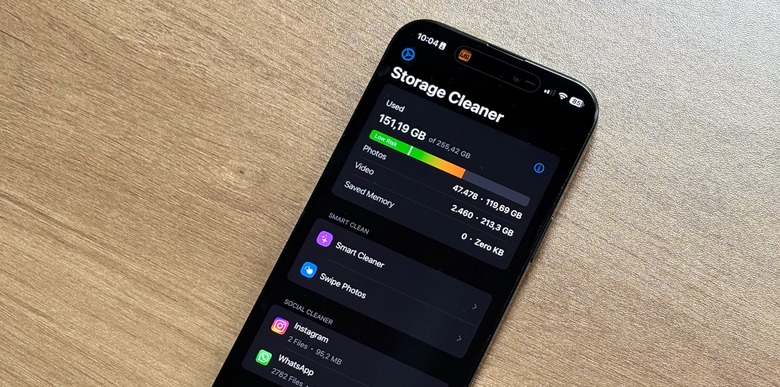iPhone 17 Air Is Real, And Foxconn Is Already Making It
The iPhone 17 Air is another step toward becoming a reality. This time, DigiTimes (via MacRumors) says Foxconn entered the new product introduction phase. Supply chain sources tell the publication that the NPI phase is responsible for bringing this iPhone's concept to life with design validation and prototype testing.
With that, this device is on schedule to be released in late 2025 alongside the other iPhone 17 lineup, as Foxconn doesn't seem to be having issues making this product.
A few months ago, the same publication said the Taiwanese company Novatek planned to begin mass production of a new OLED display technology for the iPhone 17 Air. At the time, the claim seemed a bit speculative as Novatek wanted to create a thinner screen tech. However, it seems everything is aligning for this device's release in the second half of 2025.
Latest iPhone 17 Air rumors
The iPhone 17 Air is expected to be released after years of Apple failing to conquer a more significant market with a variation of the regular iPhone. The company has seen low sales of the iPhone 12 mini, iPhone 13 mini, iPhone 14 Plus, and iPhone 15 Plus. While we need to know how the iPhone 16 Plus will perform, Cupertino seems to be planning a different approach for the iPhone 17.
Besides that, rumors so far have hinted at a premium version of the non-Pro iPhone 17. While all models are expected to maintain the same price point, this iPhone 17 Air would cost around $1,299—the most expensive iPhone to date. Despite its ultra-thin form factor, it would have the A19 chip, 8 GB of RAM, and two main cameras.
It is still unknown how Apple will maintain a good battery life with an ultra-thin form factor. However, the company might learn from Huawei's latest triple-fold phone. It's important to say that Samsung will likely make competition hard for this rumored Apple phone.
Interestingly, the iPhone 17 Pro models could have 12GB of RAM, the A19 Pro chip with TSMC's new N3P manufacturing process, and three 48MP primary cameras.
Below, you can learn more about the future iPhone 17.
